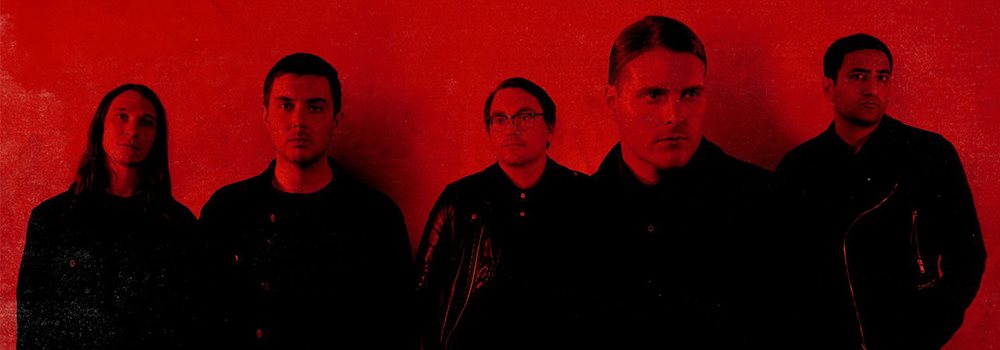Blackgaze
Blackgaze was described perfectly by Rodie magazine as THE MEETING OF PROFANE BLACK METAL AND ANGELIC SHOEGAZE.
To understand Blackgaze, we should start talking a bit about Shoegaze, a music style that could be described as a cousin of indie rock.
Shoegaze is a style of music derived from alternative rock, mixing characteristics of Noise Rock, Ethereal Wave, Dream Pop / Noise Pop, Neo-Psychedelia and Gothic Rock, which emerged in the British Isles in the late 1980s and early 1990s.
The typical shoegaze sound is based on distorted guitars full of buzz or feedback, with the band aiming to create a ‘wall of sound’ atmosphere with a noisy and distorted approach but also dreamy, feverish and numb. Although there are vocals and melodies, they are subordinate to the prevailing feel of the song and sink into the sonic mass.
These bands were known for their detached, non-confrontational stage presence. The term refers to the extensive use of effects pedals, as musicians frequently looked down at their pedals while playing live. A good example of a Shoegaze band is The Velvet Underground and The Cure, which could also fit in Goth, a British Post-Punk, New Wave Rock band.

Therefore, Blackgaze is the fusion between Black Metal/ Atmospheric Black Metal and Shoegaze, resulting in music that can go from the most beautiful harmonic melodies to an explosion of heavy music, blast beat drumming, almost silent bass, and, occasionally, a combination of high-pitched screams and harsh vocals and even invented language and vocal sounds, like in Alcest, who wrote lyrics in their own invented language.
When it comes to lyrics, Blackgaze keeps it dark; however, it disregards the complete darkness, the subversive themes, the desire to shock, the occult and blasphemous and the evil streak from its Black Metal roots but keeping the coldness and bleakness that the genre is also known for. Blackgaze lyrics are inclined to existential matters.
Blackgaze demons are inner demons.
